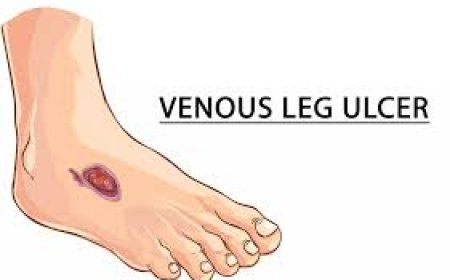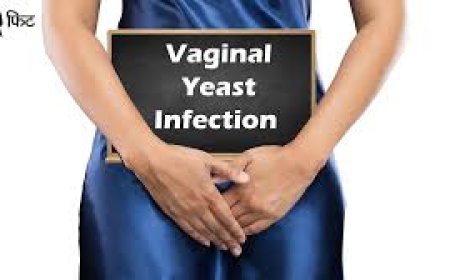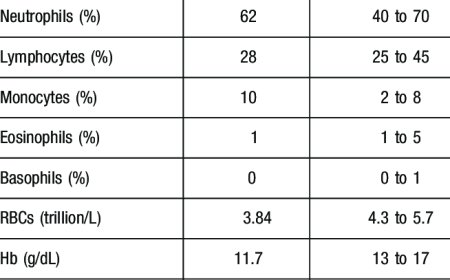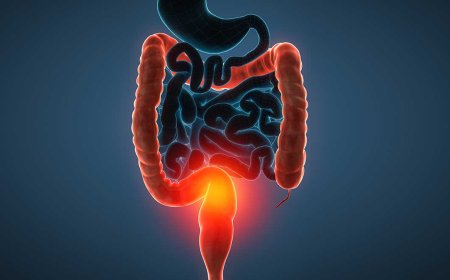Cystic lung disease
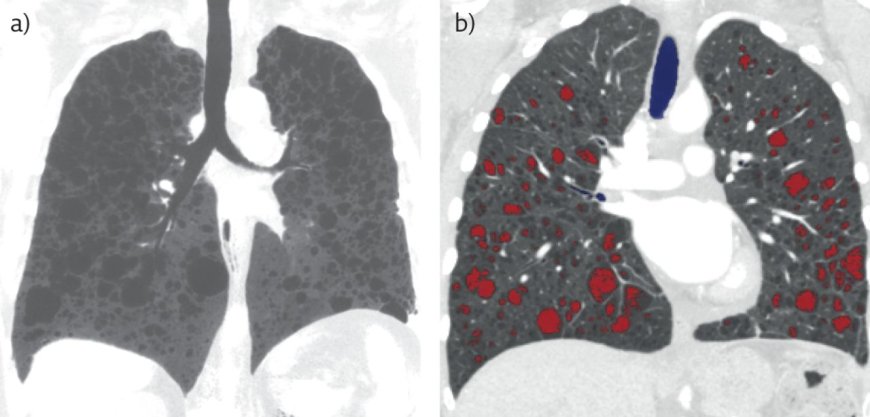
Introduction :
In this article, we'll delve into the world of cystic lung disease, a condition that impacts some people in India. We'll explore what cystic lung disease is, its signs and symptoms, causes, risk factors, types, diagnostic tests, treatments, complications, and prevention techniques, all explained in simple language for our 10-year-old readers.
Signs and Symptoms:
Cystic lung disease can be like a cloud in the lungs, causing discomfort and breathing problems. Some common signs and symptoms of cystic lung disease include:
- Shortness of breath, especially during physical activities or exercise.
- Chronic coughing, which means coughing that lasts for a long time.
- Chest pain or tightness, making it uncomfortable to take deep breaths.
What is Cystic Lung Disease? :
Cystic lung disease is a condition that causes the lungs to have abnormal pockets filled with air or fluid. It's like having tiny balloons inside the lungs.
How Is Cystic Lung Disease Classified? :
Cystic lung disease can be classified based on the appearance and size of the cysts in the lungs. This helps doctors understand the type and severity of the disease.
Causes and Triggers:
The exact causes of cystic lung disease are not always clear, but it can be triggered by certain things. For example:
- Certain genetic conditions or disorders can increase the risk of cystic lung disease.
- Exposure to environmental factors like pollution or chemicals may also play a role.
Risk Factors with Examples:
Certain factors can increase the chances of a person having cystic lung disease. For example:
- If someone has a family member with cystic lung disease, they might be at a higher risk too.
- People who smoke or are around others who smoke may have a higher risk of developing lung problems.
Types of Cystic Lung Disease:
Cystic lung disease includes different types based on the appearance of the lung cysts. Some common types are:
- Lymphangioleiomyomatosis (LAM): This type of cystic lung disease mainly affects women and is caused by the growth of abnormal cells in the lungs.
- Birt-Hogg-Dubé Syndrome: This is a rare genetic condition that leads to cysts in the lungs and other organs.
Diagnostic Tests and Their Use:
To diagnose cystic lung disease, doctors may use different tests to examine the lungs and check for the presence of cysts. Some common tests include:
- Chest X-ray: This is a painless test that uses radiation to create pictures of the lungs.
- CT Scan (Computed Tomography): This test provides detailed images of the lungs and helps doctors see the cysts more clearly.
Treatments:
Treating cystic lung disease aims to manage symptoms and improve lung function. Some common treatments are:
- Medications: Doctors may prescribe medicines to reduce inflammation and ease breathing.
- Oxygen Therapy: In some cases, patients may need to use oxygen to help with breathing.
Complications of Cystic Lung Disease:
If left untreated, cystic lung disease can lead to severe breathing problems and affect a person's ability to perform daily activities.
Prevention Techniques:
While cystic lung disease may not always be preventable, some techniques can help maintain lung health. For example:
- Avoiding smoking and staying away from secondhand smoke.
- Maintaining a healthy lifestyle with regular exercise and a balanced diet.
Remember, just like how we take care of our bodies by eating healthy food and staying active, taking care of our lungs is essential too! If anyone experiences difficulty in breathing or has persistent lung problems, it's essential to talk to a healthcare professional for proper evaluation and guidance. With the right care and support, we can keep our lungs strong and enjoy every breath in India's vibrant and beautiful world!
What's Your Reaction?
 Like
0
Like
0
 Dislike
0
Dislike
0
 Love
0
Love
0
 Funny
0
Funny
0
 Angry
0
Angry
0
 Sad
0
Sad
0
 Wow
0
Wow
0


























































